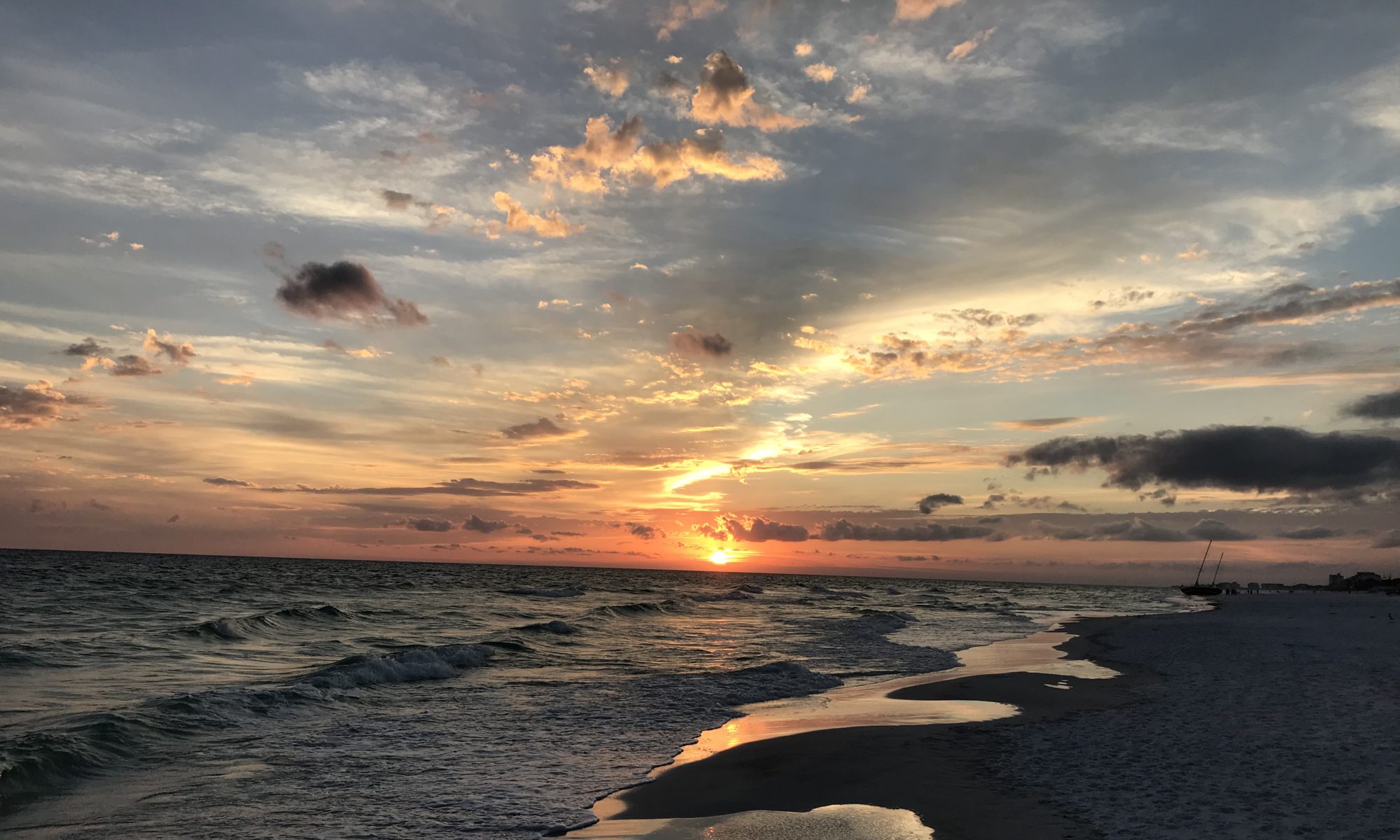Our itinerary has had a small change by removing the planned stop at Gustavia, St. Barts and extending our stay in Antigua. The St. Barts authorities did not allow our ship to stop due to one covid case aboard with a crew member. An abundance of caution again. So, we got to explore Antigua a second day.
Antigua History
Christopher Columbus first “discovered” Antigua, but did not stop to settle it. Some years later, English claimed it in the name of Queen Elizabeth I. The island’s economy was dominated by sugar production up until the 1960s, but now owes 60% to tourism.
Also known as Waladli or Wadadli by the native population, it is an island in the Lesser Antilles. It is one of the Leeward Islands in the Caribbean region and the main island of the country of Antigua and Barbuda. Antigua and Barbuda became an independent state within the Commonwealth of Nations on 1 November 1981.
The population today of 100,000 people is 87% black from the slavery days in the 1600s and 1700s to work the sugar cane fields.
Walking Tour
We signed up for the 2.5 hour walking tour led by a local Antigua lady who was very knowledgeable and made sure that our walking was safe on the very uneven and rough pavement. We toured through the small town, a fresh vegetable and fruit market, a fresh fish market, a rebuilt Anglican church from 1848, a history museum, and many other observations.
Like many of the Caribbean islands, Antigua is very poor and the conditions were pretty rough. We had to be very careful walking as they had some open sewer drainage filled with garbage. Some were covered, some open, and some with large gaping holes along the sidewalk. You had to really watch your step!
On the brighter side they claim to have 365 beaches, one for each day of the year with sugar white sand and aquamarine waters. Great for snorkeling.


Mile markers were established using old cannon. 
A supermarket – not like our Kroger 


The fish market – open air and a bit buggy 
Our tour guide at fresh fruit market 
Sugar apples 
This spelling amused me. Drapes and carpets 


The Antigua flag. 
An old mailbox from the English Queen Victoria period 

All brick was originally ship’s ballast 

Notice the fence made from repurposed bayonets 
Watch your step. This is one of the better hazards 
Back at the port 
The weather has been consistent to say the least.
Take care and God Bless.


Sorry about the change of plans but looks like a nice day for a walk.